Ready to Get Started?
Schedule a meeting with our green building specialists to review your project goals and challenges.
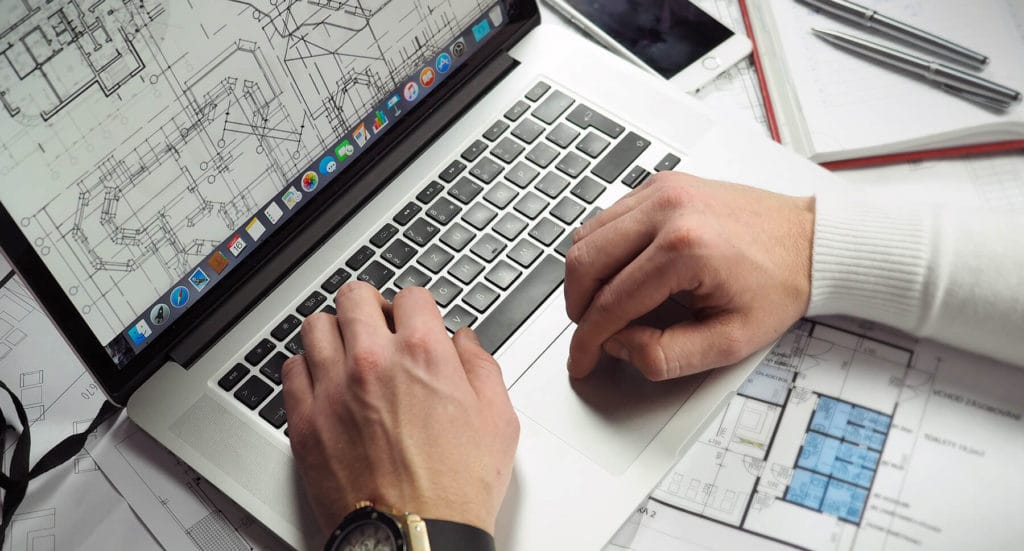
With rising building costs, increasing demand for new and better amenities, powerful financial incentives, and ubiquitous expectations of sustainability features — there’s never been a better time to add a Green Building Certification to your next multifamily project. However, if you’ve never pursued a certification or aren’t 100% confident that your program is the right fit for your next project, the landscape of requirements, multiple pathways to success, and pitfalls can be downright confusing.
To help you navigate the terrain, we’ve laid out this map of the top 7 things you need to know to get started with multifamily green building. After reading this guide you’ll be armed with a clear understanding of how to determine which certification program is right for your next project.
Green building certification programs are above code programs that can provide independent, third-party verification that a community is built to benefit residents with healthier homes, increased comfort, energy efficiency, and utility bill savings.
Most green building programs require an independent, third-party energy rater to conduct inspections and submit documentation for certification. This ensures no conflict of interest to verify correct implementation of high-performance features.
With an extra set of eyes on a project, you can rest assured that the hidden facets of the building, such as complete air and thermal barriers, are built to specs so they won’t come back to haunt you as an expensive problem once walls are sealed and the issue is hidden. In turn, improved quality and performance will lead to reduced operation and maintenance costs (and less headaches) for property management and residents alike.
Going green saves green for you and your residents for the lifetime of the loan and building. Many lenders offer financial incentives to build to a nationally recognized green building certification program, such as the HUD Mortgage Insurance Premium Reductions, Fannie Mae Green Initiative and Freddie Mac Multifamily Green Advantage to name a few. Often, local utility companies have energy efficient incentives too.
The green keeps growing once the project is complete. Energy efficient building upgrades can offer value enhancement, energy cost reductions, and increased net operating income, among many other financial benefits.
Don’t just keep up with the Joneses, stand out in a competitive marketplace with sustainable features that residents, especially millennials, are demanding. With a green building certification you have third-party verified proof that upgraded products and practices were implemented throughout construction. This means your building will have better thermal performance, air tight units, efficient HVAC systems, low-flow plumbing fixtures, energy efficient appliances (and more), allowing you to speak to improved health, comfort, and savings.
Many green building programs give you the ability to benchmark energy and water consumption through the data that is collected during the design, verification, and commissioning process. This can be very beneficial to conduct cost benefit analyses to understand return on investment on future upgrades. With the rising cost of energy and water, tracking your consumption will give you an advantage to make the crucial changes to your building at the right time. This will also provide you with concrete data to share your sustainability story to future residents.
With nearly 20 years of experience as third-party energy raters, we’ve gotten to know the many ins and outs of a wide variety of green building programs. We’ll be the first to say that all green building programs are great! (But some can be more difficult to achieve than others.) So here’s a quick cheat sheet with a few of our thoughts to help you familiarize with the most common multifamily green building certifications. Ultimately, the certification program that’s right for your project will depend on a host of factors around your project scope, goals, and constraints which we’d be happy to discuss with you.
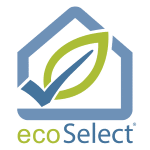
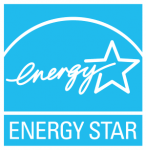
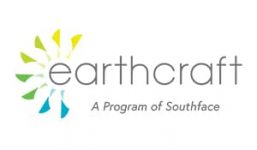
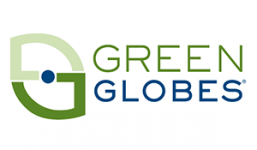
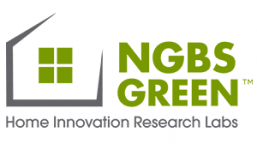
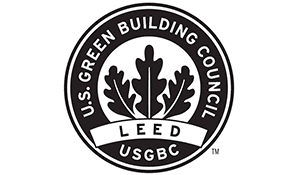
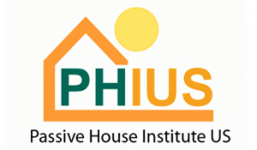
In today’s green building certification industry there is a plethora of nationally recognized green building programs to choose from. Overall these programs have similar intents but many specialize in different areas of high performing and sustainable features. To find the best green building program for your project we evaluate your project’s scope and limitations to recommend a match based on your end goals of getting certified. Here’s our general 5 step process for multifamily certification.
Deciding on what program to certify to will not only depend on what you want to achieve but also the type of building/project it is. Many green building programs can encompass all building types but some programs do have certain qualifications such as number of stories and/or type of construction. You can see an example in our article on the many paths of LEED V4.
Not all green building certifications are built equal. If your main motivation is finding a program that maximizes your financial incentive we would likely recommend a different program than if your goal is to differentiate with the most efficient and sustainable building on the block. During this time we also look at additional scopes of work, such as energy modeling, that can help to reach your ultimate goals.
We’ve never met a project that didn’t have a budget. Fortunately the range of green building costs are as diverse as the programs themselves, so there is something for everyone. Other factors like your project timeline and how far along you are with buildout are areas we consider when pinpointing your green building options.
After we’ve discussed your goals and objectives, and have completed your plan review, we’ll give you clarity on your options so you can make confident decisions and feel empowered to ask “the right” questions.
Once you’ve decided which path to take, our team springs into action to take care of everything from there and make sure that green certification is the smoothest part of your project.
One of the most common issues we see with adding a certification program to the build process is getting started too late. The best time to choose a certification program is as soon as possible because of the influence it can have on the design process.
Ideally a program is chosen before design has started so the architect can incorporate green building items and practices that will guarantee compliance. Technically it’s never too late to choose a green building program as long as construction isn’t too far along. However, waiting too long may require approved designs to go back to the drawing board to incorporate items for certification.
Now that the drawings and specs are compliant with the building program, the next crucial step is getting all applicable subcontractors involved and up to date. The earlier they are in the know the better because some subs might have to install their product to a higher standard than what code requires. A lot of the time this step is communicated early on in the building process but doesn’t stay with the subcontractors throughout the entire construction.
We’ve found that the best communication schedule for success for multifamily projects subs re: green certification is:
This will especially help the Insulation and HVAC contractors not get blind sided by additional green building requirements such as Grade 1 insulation and/or strict duct leakage limits.
A majority of green building certification programs require pre-drywall and final inspections. It is best to get your third-party verifier on-site either right before or after your municipality inspectors. If your verifier is doing any performance testing, it is best to schedule those inspections as soon as possible once the item/practice being tested is installed. This will allow any issues to be taken care of early on to avoid complications later.
Each program has different documentation requirements and checklists for certification submission. It is important that your third-party green building verifier is well organized and communicates all needed documentation early on. Some examples of what is needed to submit for certification include drawings, specifications, relevant submittals, construction schedules, and address plans. While these items can be tedious at times, it is essential to making sure all your hard work doesn’t go unrecognized.
Once certification is achieved, there is more to celebrate than just the plaque or the printed certificate. The first order of business is to give yourself a good pat on the back. Take pride in the ultra-durable, more efficient and resilient building that you can be confident will keep delivering day in and day out.
But now what? By implementing green building practices and energy efficient products that are third-party verified you have laid a foundation to baseline your impact and track success. Through our program design and verification process we collect a lot of empowering data on your project. Not only can this data be used stand out in a competitive marketplace, it can also be used to speak to corporate sustainability directives and measure ROI.
By now, you should have the answers to the top 7 multifamily green building uncertainties and are equipped to handle and avoid the headaches and stress they create. Encompassing sustainability into your project in the form of a green building certification will give you the credibility and comfort in knowing that your building will consume less energy and water and create a healthier indoor environment.
If you have questions or want more help implementing a program for your next (or event current) project, request a free project review and consultation by scheduling a meeting.
Schedule a meeting with our green building specialists to review your project goals and challenges.
North Carolina’s solar power and building performance expert. Founded in 2001, we’ve worked for 20+ years to improve the way people make and use energy.